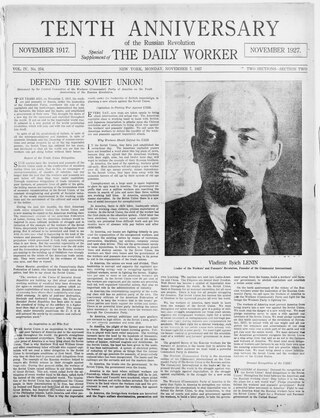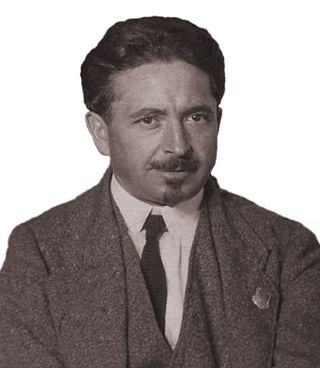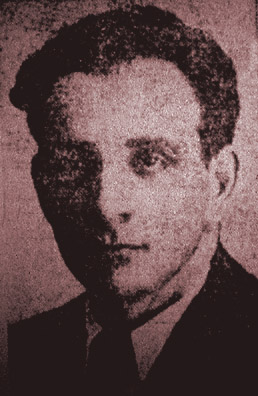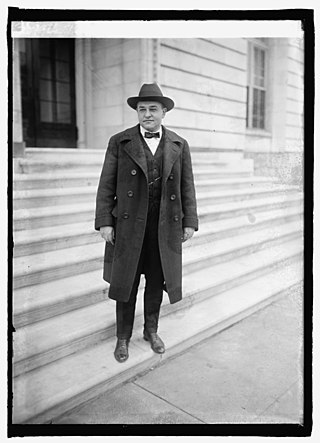Career
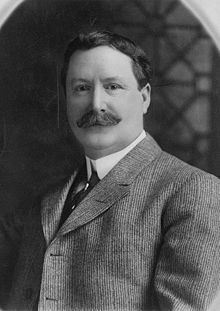
Initially a lumberjack and elevator operator, [3] from 1911 to 1915, Spolansky sold newspapers in Chicago and then "operated a newspaper" in Chicago, [1] the first-ever Russian-language newspaper there. [10]
In April 1918, Spolansky joined US Army's Military Intelligence Division for a year. [1] [10] On July 19, 1919, [1] he joined the Bureau of Investigation or BI (the future Federal Bureau of Investigation or FBI), the latter as a special agent for six years specializing in "subversive activities." [5] [6] [7] [10] He also worked for the Dies Committee. [6] [7] [10] [3]
Over the next three decades, whether for governmental or corporate agencies, he "spied on and infiltrated radical and labor organizations." [5] [10] Further, Spolansky worked with government committees, business associations, and media to gather support for legislation against political and industrial radicals. [5] In 1918 during the First Red Scare, he ran an informant in Chicago among the Industrial Workers of the World (IWW or "Wobblies") who posed as a radical agitator at steel factory in Gary, Indiana. [11] In September 1922 during the Great Railroad Strike of 1922 (AKA the Railway Shopmen's Strike), Spolansky led a group of BI and Secret Service staff who protected US Attorney General Harry M. Daugherty. [2] In December 1922, he located and led the raid on the Bridgman Convention of the still-nascent US communist party [11] [12] and personally arrested William Z. Foster. [3] (Spolansky, "a Department of Justice stool pidgeon," had infiltrated the event by posing as a member of "the Socialist and other radical parties." [13] ) On January 23, 1924, Spolansky submitted his letter of resignation to BI director William J. Burns; soon after, articles appeared in the Chicago Daily News under his name with information believed to have come from the BI. [1] In mid-October 1924, the CPUSA's Daily Worker newspaper complained of Chicago Daily News articles as lies by that "discharged federal fink." [14] The paper ridiculed him: "Spolansky Exposes Own Plots." [15] In late October 1924, the newspaper reported that "Jake" had joined the Burns Detective Agency in Chicago, run by his former BOI boss Burns, "King of Dicks." [16] In February 1926, the a Philadelphia businessman informed the FBI that Spolansky was working for the National Clay Products Industries Association in Chicago. [1] In August 1926, the Federated Press's Labor's News outed Spolansky as a "faded stool" and "expert" on Reds (with allegedly 20 years experience from Scotland Yard, "U.S. militant and navy intelligence," and the BI), working for the Botany Worsted Mills during the 1926 Passaic textile strike, following the failure of predecessors in a frame-up of strike leader Albert Weisbord. [17] Spolansky also helped track Comintern agent Mikhail Borodin in the USA. [12] In 1931, he helped write Michigan's 1931 "Spolansky Act." [5] During the 1920s and 1930s, he donated further time to assist Army and Navy intelligence. [4] In 1933, he became a Michigan state trooper and later that year a detective for Wayne County, Michigan. [4] [3] In 1935, he served as a detective for the Chrysler Corporation. [4] [10] [3] In February 1935, FBI director J. Edgar Hoover refused to back Spolansky's "reputation and reliability" when the Detroit Times asked for a reference for him as a source. [1] and Later, he served as investigator for the National Association of Manufacturers. [9] At some point in time, he worked for the Detroit Sheriff's Office and the Detroit Employers Association. [10] From February to August 1939, Spolansky worked for Gerald L.K. Smith. [1] In 1940, he ran unsuccessfully for sheriff of Wayne County. [1] In late 1940 and into 1942, Spolansky worked for George Mintzer of the American Jewish Committee. [1] [18] In the fall of 1941, Spolansky unsuccessfully tried to launch a Nonsectarian League for Americanism. [1] In November 1941, he had a letter from the Dies Committee that claimed he was an investigator for it in the Detroit area regarding Nazis and the National Workers League. [1]



